In an era where digital presence is imperative, having a responsive website is no longer optional—it’s essential. At Constructive Visual,...

Are you considering having a website designed for your business? If so, you may be wondering what website design actually is. Website design encompasses everything from the layout and structure of your website to the fonts and colours that are used. It can also include elements such as animations and videos. In this blog post, we will take a look at some of the key aspects of website design and discuss what you need to consider when choosing a designer.
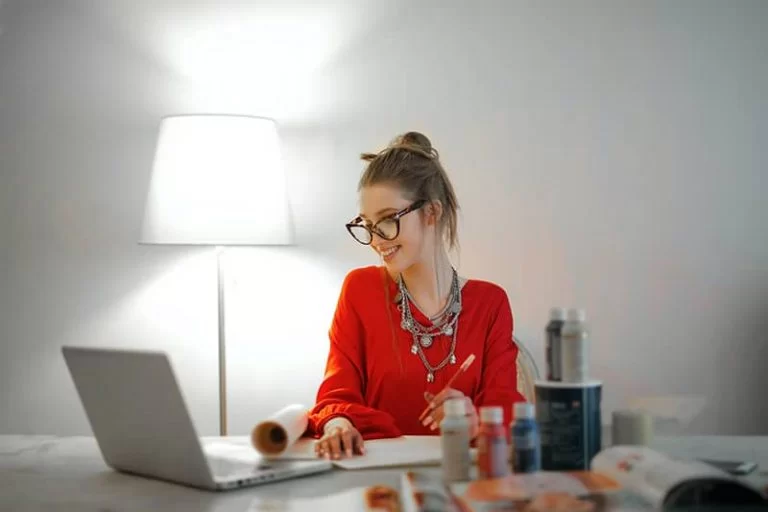
As we mentioned, website design involves everything from the overall layout of your website to the individual elements that are used on each page. A skilled website builder will consider your company’s branding and ensure that it is represented in the design of your site. They will also consider things like user experience (UX) and make sure that your website is easy to navigate and use.
There are two primary ways that website designers can go when it comes to web content. The first is known as bespoke website design. This is where a designer builds a completely unique website for you based on your specific needs. The second approach is known as template website design.
Template website design is generally less expensive than bespoke website design and can be a good option if you are on a tight budget. However, the downside to this approach is that you will not have as much control over the final design of your website. Originality is important with many people designing their website with templates, so it is worth considering this when making your decision.
Before you start looking for a website designer, it is important to have a clear idea of what you want your website to achieve. Are you trying to create leads? Do you want to sell anything online? Or are you simply wanting to provide information about your business? Once you have a clear idea of your goals, you can start to tailor your website design requirements accordingly.
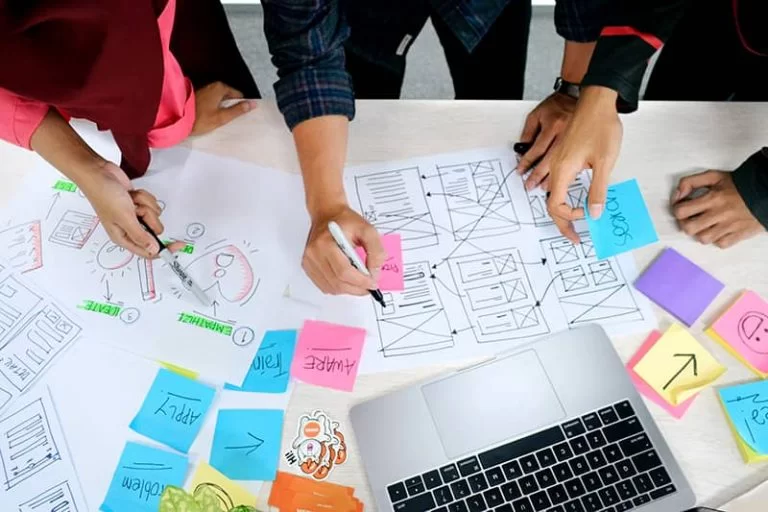
There are several various sorts of website designs, and this might be intimidating for a first-time web entrepreneur. So we have broken website design down into four main categories:
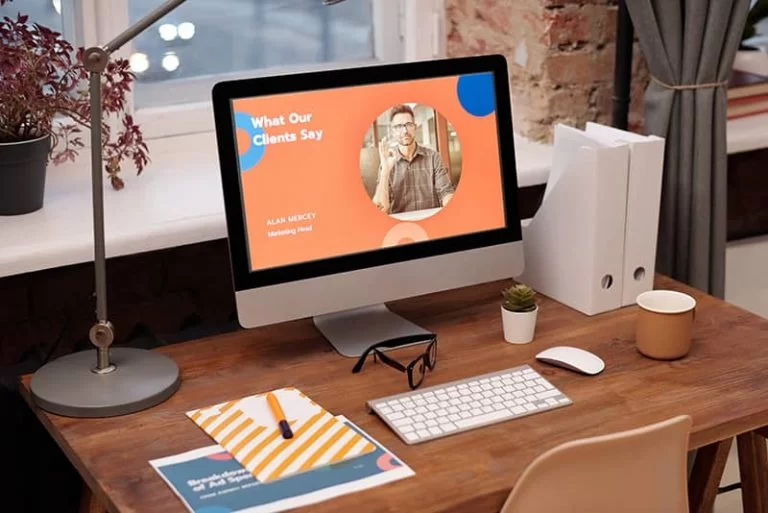
A static website design is a fixed-content HTML and CSS template. Every visitor gets the same information. Despite the fact that it lacks dynamic effects, it is a popular choice due to its professional and clear format. The only thing that matters in a static website design is the content. Nothing gets in the way of consumers achieving their goals.
As a result, this style of website design carves out a space for itself, becoming the industry leader in specific sectors. It is, for example, used to instantly bring marketing or advertising campaigns to life. It’s also used for personal portfolios or small businesses looking to get their name out there online or test the waters for a new product.
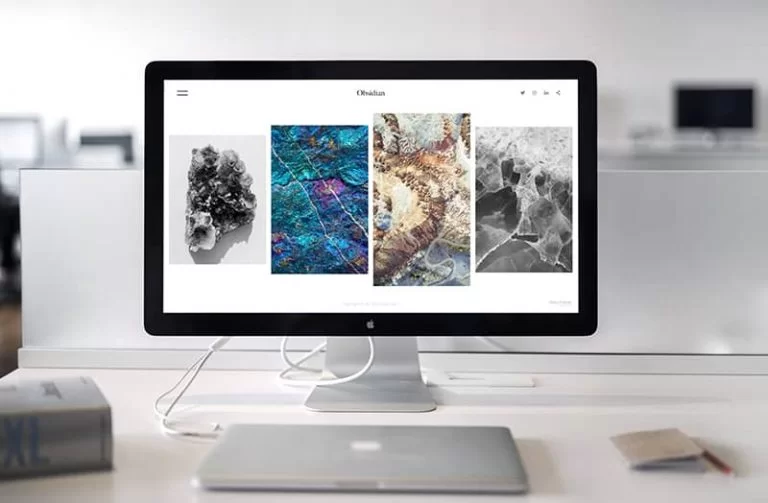
To achieve a more effective, meaningful, and attractive internet presentation, you’ll need a dynamic website. Unlike static solutions, where everything remains motionless, here, a variety of micro-interactions help to support content and provide a pleasant user experience.
There are numerous innovative and eye-catching solutions, including animations, hover effects, parallax and swipeable carousels. Dynamic website designs work great for businesses that want to show off their work and products in an engaging way. The website owner also has more control over the website as changes can be made without having to go back to the designer. The initial designing process can be technical so you should definitely contact a website design agency to discuss your requirements.
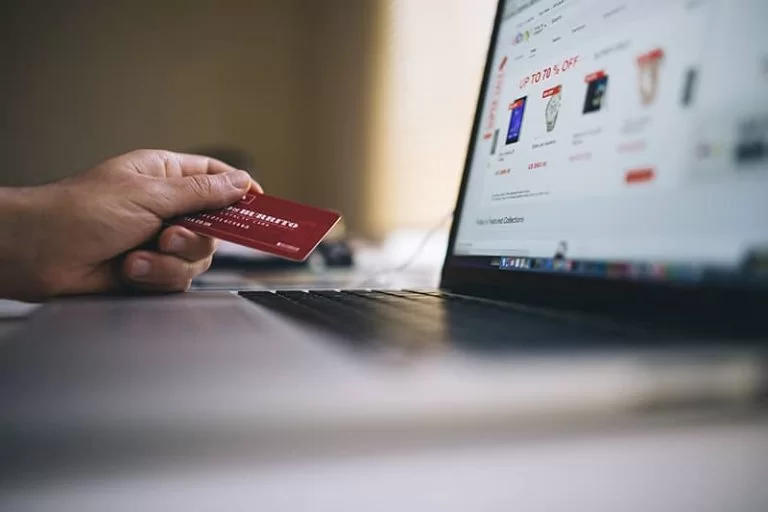
With the rise of online shopping, e-commerce website design has become one of the most popular types of website designs.
An e-commerce website is an online store that sells products or services. The website will need to be designed in a way that is easy to use and navigate so that users can easily find what they are looking for.
The website must also be designed to appear professional and trustworthy. This is important as users will need to feel comfortable buying products or services from your website.
E-commerce website designs are about building an effective user journey that enables customers to easily locate what they’re searching for and make a purchase.
It is important not to over-complicate the website design as this can lead to users becoming frustrated and leaving the website without making a purchase.
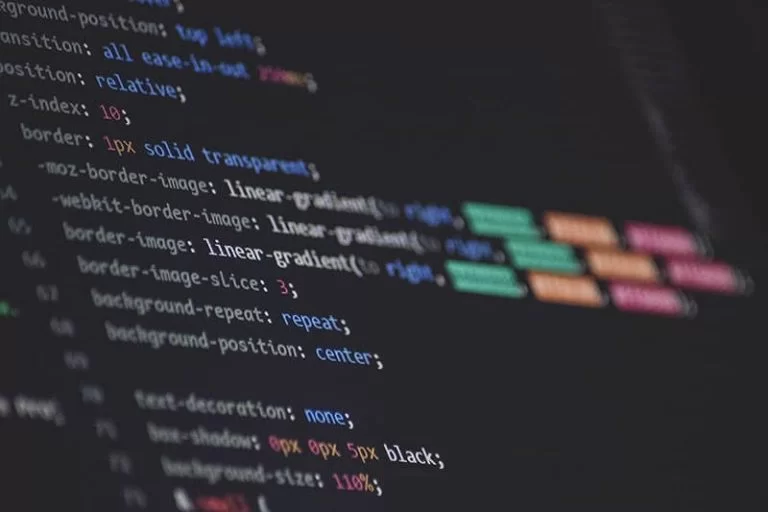
Website designs that are experimental push the boundaries of current technology. They make use of cutting-edge features to deliver a one-of-a-kind experience. Games, digitally produced playgrounds, and virtual reality are all possibilities. As a result, they are really remarkable.
There are two main challenges in the design. The first is incompatibility with certain browsers. Only the most recent versions of certain browsers can usually accommodate all of these spectacular extravaganzas. The second drawback is that they take a lot of resources to work smoothly: even with a competent browser version, not everyone can enjoy the action.
Nonetheless, they assure the field’s evolution and establish new standards that will one day become a reality through mind-blowing creations.
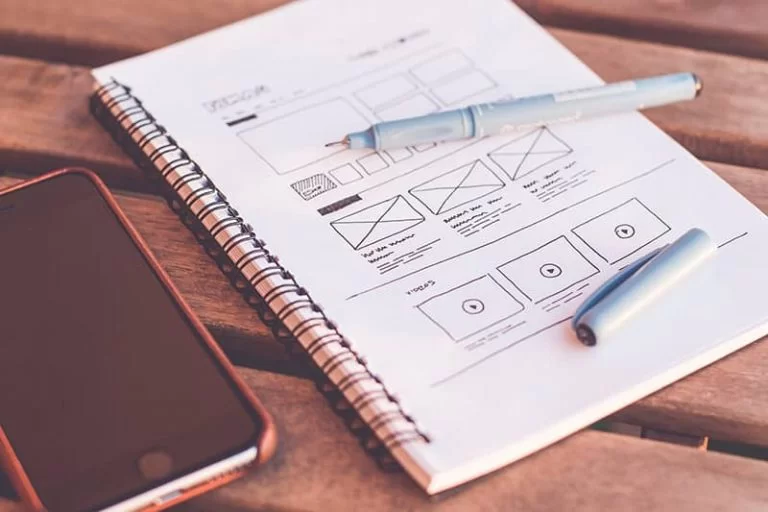
Before you start on the build itself you must have the following:
A website plan or wireframe: This is a basic schematic of your website that will show the designer how you want your website to look. If you are completely lost, do not worry we can suggest a website design that will fit your needs.
Domain name: A domain is the website’s address on the internet. When purchasing a domain from the many available sites keep in mind how rememberable the website address will be to your customers. The most popular domains include .com, .net, and .org.
Web hosting: Web hosting refers to the physical location where your website’s assets will be stored. All of those photos, texts, and databases need to be hosted on a real server.
Hosting, like rent, is usually paid on a monthly basis. Most firms will pay between $5 and $20 each month, but it might be considerably more if you have a lot of data or a large workforce that has to fill orders or deal with customer support concerns. Some great hosting sites are Constructive Visual, VentraIP, and DigitalPacific.
Quality content: The website content is the most important part of your website. This is what will engage and convert your website visitors into customers. Your website’s content should be well-written, factually correct, and convincing.
Content also includes website titles, meta descriptions, and alt text. Quality photos are always vital, as website design cannot be appreciated without visual aids. The photos should be high resolution and of good quality. This will also boost your SEO!

There are many crucial elements that go into designing a quality website that not only looks good, converts potential customers and also functions properly. Some important aspects to consider when establishing a website include:
Every website has a goal, whether you’re after email collection or feedback. You might also have other call-to-action buttons on your site like social media icons so visitors can share what they see with others easily – these are just some examples!
Therefore, a website is nothing without a call-to-action (CTA). CTAs are buttons, links, or images that prompt the user to take the desired action. For example, “Sign Up Today” or “Add to Cart“.
Don’t overuse call to action as this can come across as spammy, make sure they are placed in key positions such as the header or footer so visitors can see them easily.
The website navigation should be easy to understand and use. The last thing you want is for potential customers to get lost on your website and leave without taking any action.
Good website navigation will have a clear hierarchy and be easy to use. The website navigation should also be responsive so it looks just as good on mobile devices as it does on desktop computers.
Poor website navigation not only ruins your user experience but it has a negative effect on your SEO as well.
Almost every website design, no matter how asymmetrical or chaotic, has a basic grid framework to handle the alignment and placement. The bulk of projects is built on grids. They guarantee that behaviour is stable, flexible, and predictable.
On the internet, there is a huge selection of pre-fabricated grid systems. There was a time when 960.gs reigned supreme; today, more designers are opting for adaptable solutions that include a variety of useful utilities, such as Bootstrap.
Although Bootstrap is extensively used on the web, you may profit from lesser-known solutions in some circumstances since they are lightweight and easy to use.
Everyone understands colour psychology and how each tone affects human behaviour. Your company website’s efficacy can be improved by using a well-thought-out colour palette.
It can create a welcoming environment put everyone in the right mood, reinforce a message, boost trustworthiness, and even drive conversions. Some colours may liven up a design or, on the other hand, utterly demolish it all depending on the colour.
Ask yourself a few key questions to perfect colouring in your design.
● What is the website for?
● What emotions do you want to evoke with it?
● Who is your target audience?
● Do you want to arouse interest in anything specific?
The website’s typography is also a crucial aspect of web design. The website’s text should be easy to read and understand. The font size, line height, and colour should all be taken into consideration when choosing the website’s typography.
With so many different website fonts to choose from, it can be difficult to decide on the right one for your website. You should always use a font that is easy to read and understand and will match the website’s design. usually, less is more when it comes to website fonts. If the potential customer is struggling to read the web site’s text, they are likely to leave and find a website that is easier to read.
Each font has its own personality, equipped with its own mood, tone, and charm. Combining typefaces is a skill. To ensure maximum readability and provide a coherent experience, it is necessary to strike a balance amongst type families.
If you want to be safe, choose a sans serif and serif font combination. The sans-serif typeface is often used for body text, whereas the serif font is typically used for headlines. You can switch them out based on your project.
Links are a very important part of website design. They should be easy to see and understand. Hyperlinks, like buttons, are critical components of user interfaces. They’re mini-breaks that take you to essential pages. As a result, they should be visible, relevant, and well-formatted.
When creating your website’s links, you should always use anchor text. Anchor text is the clickable text that takes visitors to another page or website.
For example, if you had an article that could help your audience out about a topic such as 10 Tips to boost traffic to your blog posts, you could promote this in your sentence just as we have done below.
Creating hyperlinks in your blog post are important not only for SEO, helping your reader but you also need ways for them to navigate to more areas on your website. Just remember to drive traffic to your blog posts in order to get an audience to view your content and click on your links. (Notice how we have linked our text in our post?)
It is important to use relevant keywords in your anchor text so that it will help with your website’s SEO. You can improve your links in several ways, including using CSS to change their appearance and adding hover effects. The easiest way to change your links is by using HTML.

The latest website design trends are always emerging; it can be hard to keep up. However, by understanding the latest website design trends, you can make sure your website is always ahead of the curve.
The basic principles of web design have not changed too much over the years, but there are some latest trends to keep in mind when designing your website. One trend is towards more minimalist designs, with clean lines and simple fonts.
Another trend is towards more interactive elements, such as parallax scrolling and hover effects. You may also want to consider using animated GIFs and videos to add interest and visual appeal. When it comes to colours, muted tones are often favoured over bright colours, as they are seen as more professional and timeless.
To achieve a simple look for your website, you’ll want to avoid using too many fonts or graphics. Too many different fonts can make a website look cluttered, and graphics can slow down the loading time of your pages. Stick to one or two fonts that are easy to read, and use images sparingly.
When creating your site’s layout, try to use clean lines and simple shapes. This will help keep the design from looking too busy or chaotic. You can also use light colours to create a bright and airy feel.
If you’re looking for some inspiration, take a look at some of the latest trends in website design. Many websites are moving away from traditional designs with lots of text and images, and towards minimalist designs that focus on simplicity and usability.
As the standard attention span of your average website visitor is low you want to be able to capture a visitor’s attention and hold it for long enough to deliver your message. You can do this by using creative typography, interesting visuals or animations, and keeping the layout simple.
Good web design should be user-friendly and easy to navigate. It should also be visually appealing and be reflective of your branding.
The goal of web design is to create a website that represents your company or organization, communicates your message, and engages visitors. A well-designed website can help you attract new customers, make sales, or simply provide information to your visitors.
One of the fastest-growing trends in web design is minimalist design. This trend focuses on simplicity and using negative space to create a visually stunning website. With minimalist design, you can create a website that is easy to use and navigate, while still looking modern and professional.
Minimalist web design focuses on removing unnecessary elements from a website, such as excess text, graphics, and animations. By doing this, you can create a sleek and modern design that is easy to navigate. Additionally, minimalist websites are quick to load, which is important for users who are browsing the web on-the-go.
If you’re looking to update your website with a minimalist design, there are a few things you should keep in mind. First, focus on creating a simple layout with clean lines and limited colours. You also want to make sure that the most important elements of your website are front and center. And finally, be sure to use plenty of negative space to create a visually stunning effect.
Minimalism is still popular, with website designs becoming cleaner and simpler. This trend can be seen in both web design and app design.
Bold typography is also being used more often to create a visual hierarchy on the page and grab attention. Animations are being used more to add interest and keep users engaged. 5 years ago people would cram as much information as possible onto a website, but now designers are focused on creating a user experience that is easy to navigate and understand.
As web coding languages involve, so too do features and elements that can be added to your website. One of the coolest new features is interactive web elements. These allow you to add engaging and interactive elements to your pages. There are a few different ways to create these.
One way is with pure code, which can be done with HTML, CSS, and JavaScript. You can also use Adobe Edge Animate, which is a powerful tool for creating interactive animations. Finally, you can use jQuery plugins and libraries to add interactivity to your pages. No matter what method you choose, be sure to test your work in multiple browsers to ensure compatibility.
With WordPress, there are page builders such as Elementor where you have interactive content, cards, tabs and image hotspots to bring your website to life. You don’t need to be a coder to use these tools, and they make creating beautiful websites much easier. You can also use WordPress themes which have been built with web design trends in mind.
When it comes to web design, it’s important to always be aware of the latest trends and technologies. This way, you can create websites that are modern and user-friendly.
Muted colours are subtle colours, that are not bright or have been subdued, dulled or greyed. They are used to create a calming and relaxing effect.
Softer colours can also help people focus on what’s important as they don’t have the same level of distraction as brighter tones.
You will often see muted tones being used on websites, as it creates an overall calm and relaxing feeling. This is perfect for businesses that want to create a professional and trustworthy image.
It can also be helpful for website visitors who need to concentrate on what they are doing, without any bright flashes or colours pulling their attention away.
This can be a dilemma for some web designers as the choice of colours: muted vs. bright colours can impact on the overall effectiveness of capturing a lead and closing a sale. Some designers can be quick to jump onto the bandwagon of the latest trend but quickly forget about design principles and the client’s brand.
When choosing to go with muted colours on your website, it is important to make sure that the website is easy on the eye and still visually appealing. There are a few tips that you can follow to ensure your muted website design is successful:
Use lots of white space: This will help to create a relaxed feel and also make the website easier to navigate.
Keep font sizes consistent: Try not to go too crazy with font sizes, as this can be overwhelming for website visitors. Stick to a couple of different types and sizes, and make sure they are all consistent throughout the website.
Use complementary colours: If you’re using muted colours, it’s important to use complementary colours so that the website doesn’t look dull. Complementary colours are opposite each other on the colour wheel such as red and green, and orange and blue.
Use images sparingly: While images are a great way to add visual interest to a website, it’s important not to go overboard. Too many images can make a website feel cluttered and confusing. Try to use images that are relevant to the content and also help to explain what the website is about.
Stick to standard web fonts: There are a lot of different types of fonts out there, but it’s best to stick to the standard web fonts so that everyone viewing the website will be able to see them properly. Some common web fonts include Arial, Helvetica and Georgia.
One of the fastest-growing trends in web design is minimalist design. This trend focuses on simplicity and using negative space to create a visually stunning website. With minimalist design, you can create a website that is easy to use and navigate, while still looking modern and professional.
Minimalist web design focuses on removing unnecessary elements from a website, such as excess text, graphics, and animations. By doing this, you can create a sleek and modern design that is easy to navigate. Additionally, minimalist websites are quick to load, which is important for users who are browsing the web on-the-go.
If you’re looking to update your website with a minimalist design, there are a few things you should keep in mind. First, focus on creating a simple layout with clean lines and limited colours. You also want to make sure that the most important elements of your website are front and center. And finally, be sure to use plenty of negative space to create a visually stunning effect.

AI (Artificial Intelligence) is being used more and more in website design. It can be used to create custom designs for each user, recommend products, or even help with customer service. Artificial intelligence offers a lot of potential for website design and is something to keep an eye on in the future.
Chatbots are basically computer programs that can simulate a human conversation. They are commonly used to provide customer service on websites, and they can be very helpful in providing information and support to website visitors.
When it comes to chatbots in website design, there are a few things to keep in mind. First of all, make sure that the chatbot is easy to find on your website. You may want to consider adding a chatbot button or link prominently on your homepage so that visitors know where to find it.
Also, make sure that the chatbot is easy to use. It should be easy for visitors to ask questions and get answers from the chatbot. And, if possible, try to personalize the chatbot experience for each visitor by humanising some of the more repeatable answers without it sounding so robotic.
You can customise chatbots to provide your visitors with a unique experience, which is what sets them apart from other customer service channels like phone or email support.
In addition to these design principles, you should also consider user experience (UX) when designing your chatbot. UX is all about making sure that the user’s experience is as easy and pleasant as possible. This includes taking into account things like how easily the chatbot can be used, how visually appealing it is, and how intuitive the interactions are.
So, if you want to create a successful chatbot, make sure to keep these design principles and UX in mind!
You know Technology has really taken over when they can talk and write for us. This is where AI Writing services such as Jasper.ai, Anyword.com, copymatic.ai and rytr.me can be your number one intelligence writing assistant to create high-quality content for your website.
AI Writing blog article software is great for creating website content, blog articles, social media posts and even product descriptions. You simply enter the topic or keywords you would like to cover and AI Writing software will help you draft a high-quality article for your website.
All AI Writing software includes plagiarism detection to ensure your content is original and human-readable. You can also edit and customize your content as you please and create an amazing article in minutes and not days.

Artificial intelligence makes it fast and easy to create content for your blog, social media, website, and more! Rated 5/5 stars in 3,000+ reviews.
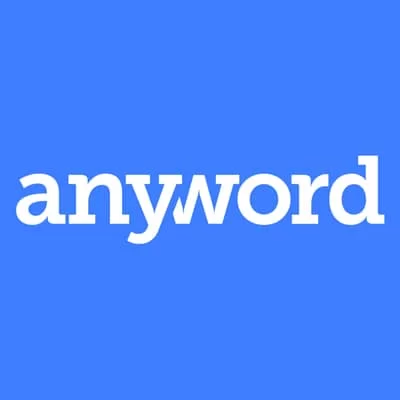
Get more conversions and drive more sales with AI that crafts and optimizes your copy. Powerful predictive analytics tells you what works before you publish.

Automatically write unique, engaging and high-quality copy or content: from long-form blog posts or landing pages to digital ads in seconds.

Rytr is an Artificial intelligence writing assistant that helps you create high-quality content, in just a few seconds, at a fraction of the cost for your website!
Just like AI writing software, this technology has been integrated into the web development space as well. The use of AI has automated and optimized the web development process, including functions such as coding, bug fixing, optimizing pages for speed and search engine ranking, and creating or modifying CSS and HTML.
The AI writing web code software checks thoroughly through your code and looks for potential errors, then offers suggestions for improvement. Additionally, it can automatically adjust your code to ensure that it meets the latest web standards and is compatible with different browsers.
AI Writing web code software programs like snyk by deepcode.ai and run.ai allow you to integrate your projects, scan for vulnerabilities and test your code.
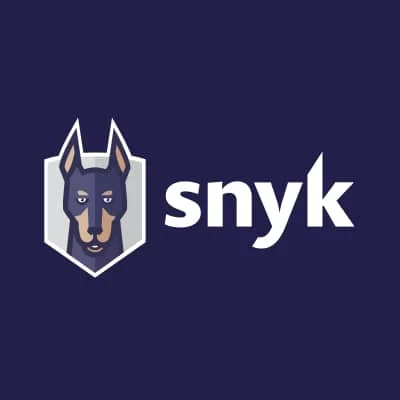
Get more conversions and drive more sales with AI that crafts and optimizes your copy. Powerful predictive analytics tells you what works before you publish.

Automatically write unique, engaging and high-quality copy or content: from long-form blog posts or landing pages to digital ads in seconds.
Dark mode will be included in website and mobile designs for the entire year. Even well-known operating systems have taken advantage of this tendency.
Dealing with a variety of monitors (laptops, tablets, phones, smartwatches, TVs, and portable consoles) all day exhausts consumers of all things bright and vibrant. Dark mode lowers eye strain, creating a relaxing setting where users can appreciate the user interface and acquire the information they need without feeling rushed. It arrived at precisely the right moment.
It also offers a number of additional benefits. It fits very well with current fads. It aids in the creation of a visual-text balance. Dark mode is awesome! There, we said it. And we’re not the only ones – a lot of people seem to agree that dark mode is great, whether it’s for reading articles late at night or for simply reducing the amount of glare on their screen.
But what really is dark mode? Simply put, it’s a mode where the colours on your screen are inverted, so that light colours become dark and vice versa. It can be used as an accessibility feature for people with vision impairments, as well as being just generally easier on the eyes. Usually, this is a button that can be enabled on or off from the menu on your website.
Most major platforms now have a dark mode, including Android, iOS, macOS and Windows. The way to activate it varies from platform to platform but to make this easier for a visitor on your website, you can have this ability built-in for them to choose to enable to encourage them to stay on your website for longer!
People are bored with website designs that are too literal. Abstract and geometric shapes can be used to create interesting visuals without resorting to cliches.
Although they may not be immediately recognizable, abstract shapes can still communicate a message or feeling to the viewer. They can also be used as part of a brand’s identity. Geometric shapes are often seen as modern and trendy, making them a popular choice for website design.
Abstract shapes can also communicate a message or feeling to the viewer, and they can be used as part of a brand’s identity. While there are clear advantages to using abstract and geometric shapes in web design, it’s important to use them correctly. If they’re not used well, they can end up looking like a cheap trick rather than an intentional design choice.
Both abstract and geometric shapes can be used to create interesting visuals, and they can help to create a modern and trendy look on your website. When incorporating these shapes into your website, make sure that they support your overall design goals and are on point with your business branding.
Micro-interactions are small interactions that occur on a website or app. They can be used to improve the user experience by providing feedback, adding interest, and helping users understand how to use the website or app.
An example can be a membership or content management system(CMS) where a new user logs into their account and is greeted with an interactive tutorial taking them through how to navigate and use the buttons and features of the backend section of the website.
A micro-interaction can be as simple as an animation or as complex as a series of interactions. Micro-interactions are a great way to add personality to a website or app and help users interact with the website or app in a more meaningful way.
Over the last few years, we’ve seen websites go to new technological heights with animation demonstrations. Large-scale animated interactions have mostly been used in hero sections and page transitions in the past, but we anticipate more designers to utilise them in 2022.
In addition to scrolling, these interactions go beyond passive interaction with the page, such as clicking, swiping, and dragging.
Animated elements will include more movement and personality, becoming more like characters in a story. The purpose of the logo is to communicate both the company’s brand values and narrative.
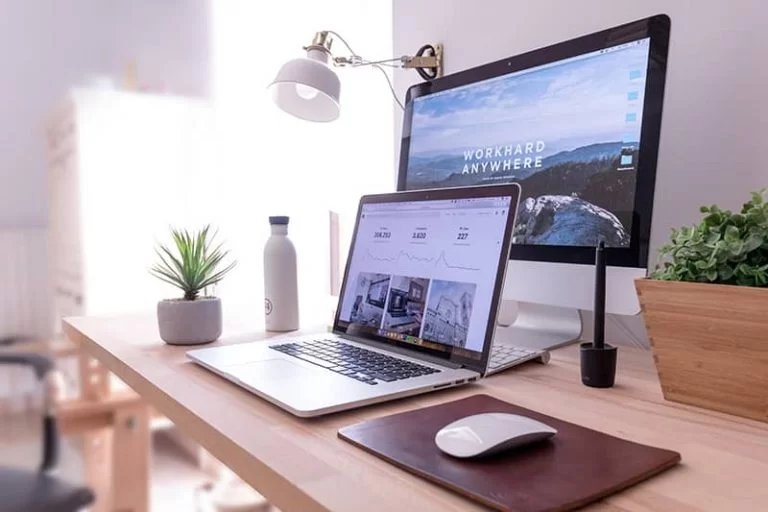
Your website is the first impression that your company makes to potential and current customers.
It is important to have a website that not only looks good but also provides a great user experience. While content reigns supreme, engagement reigns supreme. Excellent website design and user experience start with usability. It’s something that many business owners neglect, despite the fact that it’s at the heart of every effective marketing campaign.
A website with good UX and UI will be easy to use, look professional, and be visually appealing. A website with bad UX and UI will be difficult to use, look unprofessional, and be visually displeasing.
Follow these guidelines to ensure a positive user experience!
● Create a user experience that is guided
● Make sure all your copy is scannable, people have short attention spans
● Include the “About Us” page with your team members to boost credibility
● Add social media logos to your website to allow visitors to interact with you in a variety of ways. This will also boost your following
● Use a live chatbot for customer service and website support
● Your website must look great on all devices. Most internet comes from mobile devices
● To quantify your brand, add testimonials or impressive statistics
● Add interactive features to help users get important information quickly and explore the website smoothly
● Provide a clear search
● Fix broken links
● All your copy should be grammatically correct
● Make your website load faster by cleaning up the code and optimizing graphics
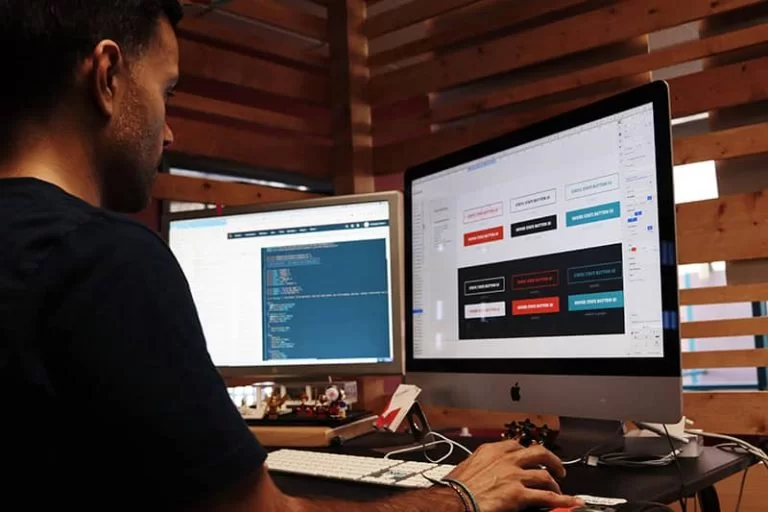
There are many web designers that offer their services online. How do you choose the right one for your website?
Here are some factors to consider:
● The web designer’s portfolio
● How well the designer understands your business and what you’re trying to achieve
● Their design style and how it matches what you’re looking for
● The cost of their services, don’t always go for the cheapest option as you may end up with a website that doesn’t look or function the way you want it to.
● The website designer’s reviews and testimonials
When you’re looking for a website designer, it’s important to find someone who is creative, experienced, and has a good understanding of your business. The designer should be able to create a website that is not only visually appealing but also easy to use. They should also be able to help you with website maintenance and updates.
At web design Perth, we pride ourselves on being able to provide our clients with a website that meets all their needs. We have a team of experienced and creative designers who will work with you to create a website that is both beautiful and user-friendly.

What are the benefits of hiring a professional to design your website for you instead of doing it yourself?
You have watched a few YouTube videos that show you how to create a website and decided to give it a go.
While you may be able to create a website that looks okay, it is not likely to be as good as one designed by a professional.
Here are some benefits of hiring a professional website designer:
● They have years of experience and know what works and what doesn’t.
● They have the latest software and tools to create a website that looks modern and is responsive.
● They know how to optimize your website for search engines so you can get more traffic.
● They can help you with website maintenance and updates.
● You will save yourself a lot of time and money due to the mistakes you are bound to make.
● A faster experience for your customers due to their understanding of SEO (Search Engine Optimisation).
● If they are any bugs or errors, you can contact customer service for help.

A website is a big investment, you want to make sure it’s done right. Hiring a professional website designer is the best way to ensure that your website meets all your needs and looks great. At web design Perth, we have a team of experienced designers who are ready to help you create a website that is both beautiful and user-friendly.
Contact Constructive Visual today to learn more about our web design services!
Loved this article? Please consider sharing it with your friends…

Peter Lowen
Senior Web Developer | CEO
Peter Lowen is the founder and CEO of Constructive Visual, a website design and hosting company. He has been creating websites since 2005 and writes content on business, marketing, web design, sales training, web hosting and WordPress related topics.
Responsive Web Design – Best Practices for a Responsive Website
In an era where digital presence is imperative, having a responsive website is no longer optional—it’s essential. At Constructive Visual,...
Strengthen your Perth & Wheatbelt business’s online presence with tailored website design and hosting, raising visibility, enhancing user experience, and...
Branding is essential for any business, big or small. It helps to create a unique identity and sets you apart...
Creating a Strong Online Foundation – Small Business Web Design in Perth
In today’s digital age, having a well-designed website is crucial for small businesses in Perth. A professionally designed website can...

We are an SEO & web design agency located in Northam, Western Australia.
Address: PO Box 985,
Northam WA 6401
Location: Perth, Western Australia
Phone: (08) 6118 9186
Email: Contact Us
Services
Information




